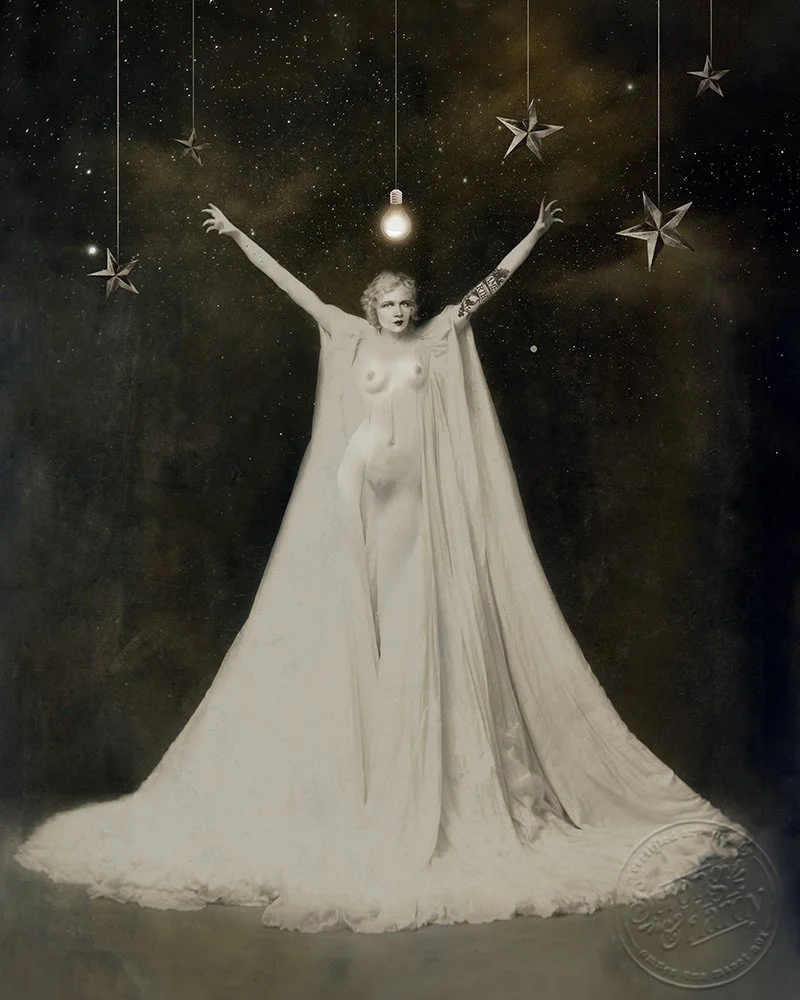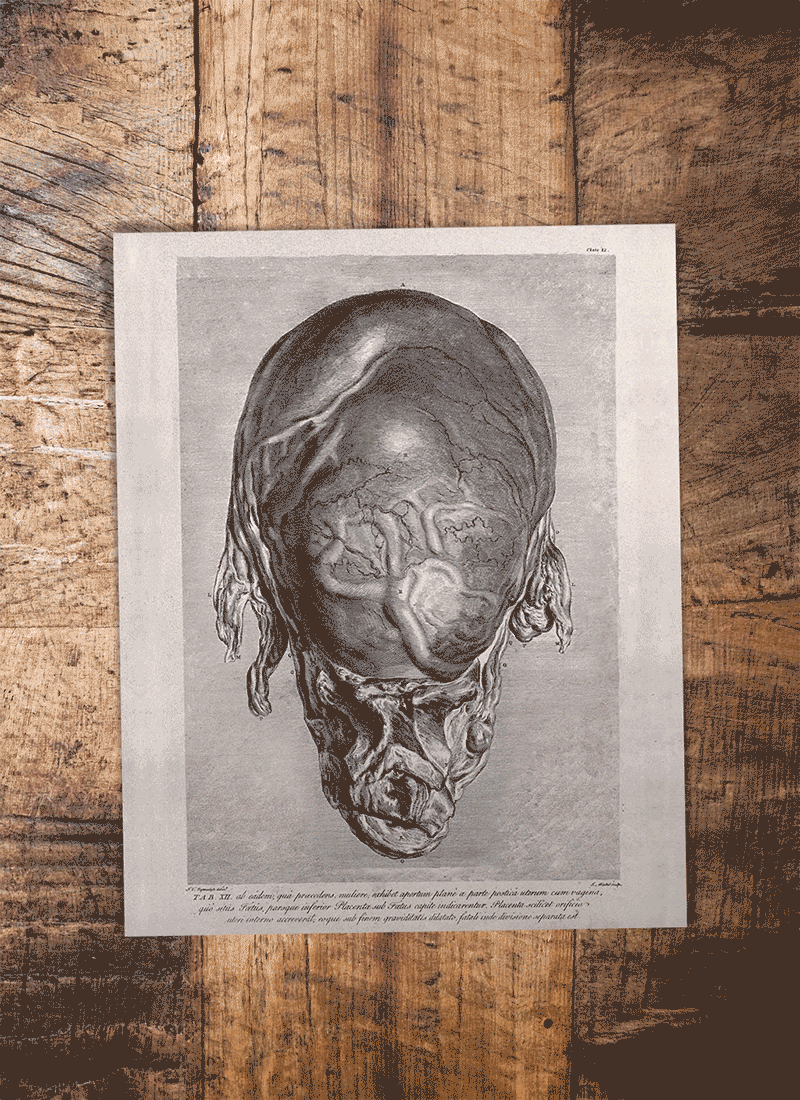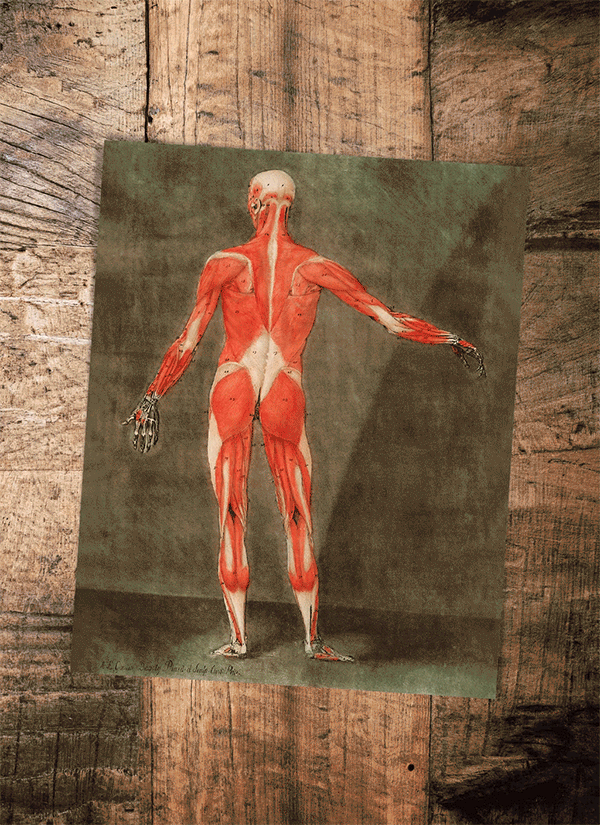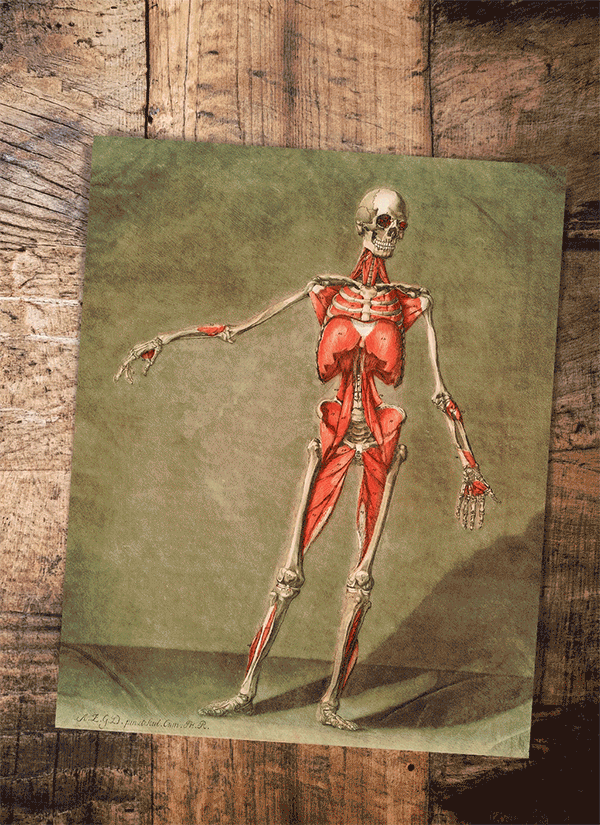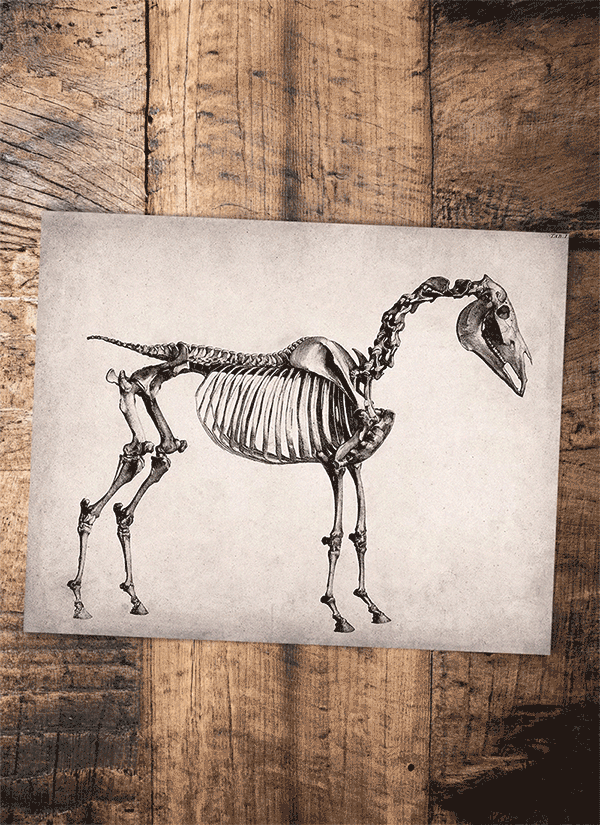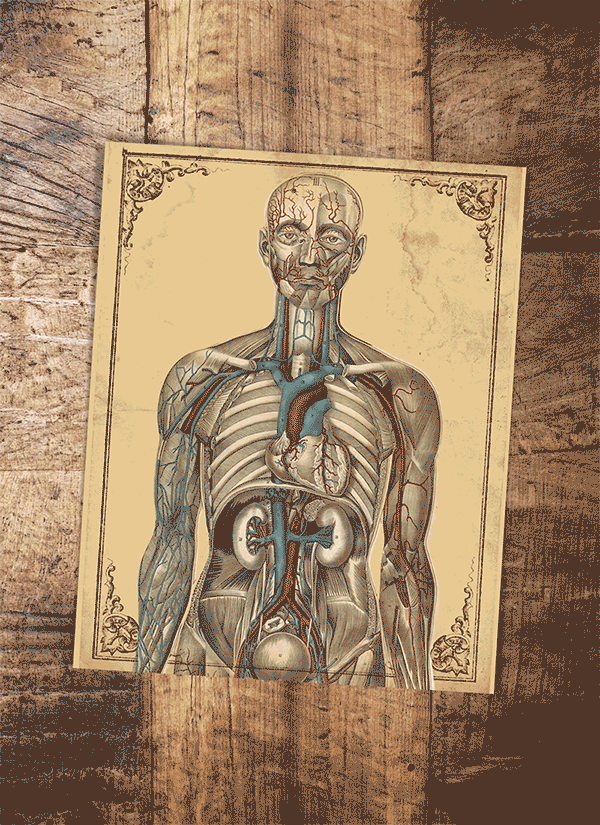Original Collage
Every piece in this collection is an original collage, carefully constructed from digitally hand-cut, vintage materials and built with intention and symbolism. These works are intimate, unsettling, and reverent—offering a place where grief, transformation, and the strange beauty of decay quietly coexist. Nothing here is accidental and everything you see is up for your own interpretation.
Strong and Hardy art collage work is produced in Mike and Becky’s home studio on Red River 60lb. Polar Matte paper—photo collage work is produced on Red River Polar Luster Metallic 255 Photo Paper—and all are embossed with the Strong and Hardy mark. To collect a piece please scroll down, visit the Strong and Hardy Etsy shop or find us at a 2025 Oddities and Curiosities Expo or art festival near you.
The Strong and Hardy Collage Process
Strong and Hardy's body of work is a blend of digital collage and historical restoration.
Becky, the collage artist behind the duo, first fell in love with the medium in high school—dragging discarded cardboard home from alleyway dumpsters to transform into towering, hand-cut paper collages with nothing but scissors, glue, and a growing pile of old magazines. Not long after beginning her digital graphics degree at NMSU around the turn of the century, she discovered the possibilities of digital collage and never looked back.
For nearly two decades, she’s haunted public domain archives in search of vintage photography, anatomical illustrations, botanical etchings, entomological diagrams, and fine art paintings—collecting fragments from forgotten histories and recomposing them into something entirely new. Using these pieces, she creates digital collages by cutting, assembling, and layering elements into original works of art.
Though she quietly created for years, it wasn’t until 2020—long, sleepless nights with a restless baby girl and a phone full of image editing apps—that she began sharing her mobile collage art on Instagram. Strong and Hardy officially launched in 2021.
Her process is more intuition than plan—led by feeling, shaped by mood, and often uncertain until the final moment when a piece quietly declares itself finished. That process can take hours, days, or weeks and the hardest part is knowing when to stop.
Whenever possible, source information is included with each print sold—honoring the original creators and listing the titles, mediums, and origins of the artwork used in every collage. As a creative writer as well, Becky will sometimes write poetry or prose to accompany a piece and that is now also included alongside the source information.
Original Art Collage

The Going Stag Series
A Study in Femininity, Power, and Ambiguity
The Going Stag series was born from five exquisite oil portraits by John Singer Sargent: portraits of women composed with elegance, restraint, and opulence at the turn of the century. Through digital collage, I’ve reimagined these figures with a dark and haunting twist: each woman is crowned with a bloodied stag or antelope skull, her once-polite presence transformed into something more ominous, more unknowable.
The title is, of course, a play on the familiar phrase—going stag—evoking the idea of entering a room alone, untethered, unclaimed. But here, the phrase fractures. Is she alone by choice or by force? Has she shed her softness or had it torn from her?
I’ve never offered a definitive meaning for these pieces, and that’s intentional. In four of the five portraits, there’s an unsettling ambiguity. Is the figure the hunter or the hunted? Monster or martyr? That tension between beauty and brutality, civility and savagery, is where the work lives.
There’s a quiet power in allowing the viewer to complete the story.
Too often, art is overly explained, pinned down, and packaged. But mystery is a form of generosity. Like music, art doesn’t need to be literal to be honest. I believe the best work leaves space—space for discomfort, imagination, projection. The Going Stag series invites that pause, that flicker of recognition or revulsion. Whatever it stirs in you, that’s where the meaning is.
Original Photo Collage
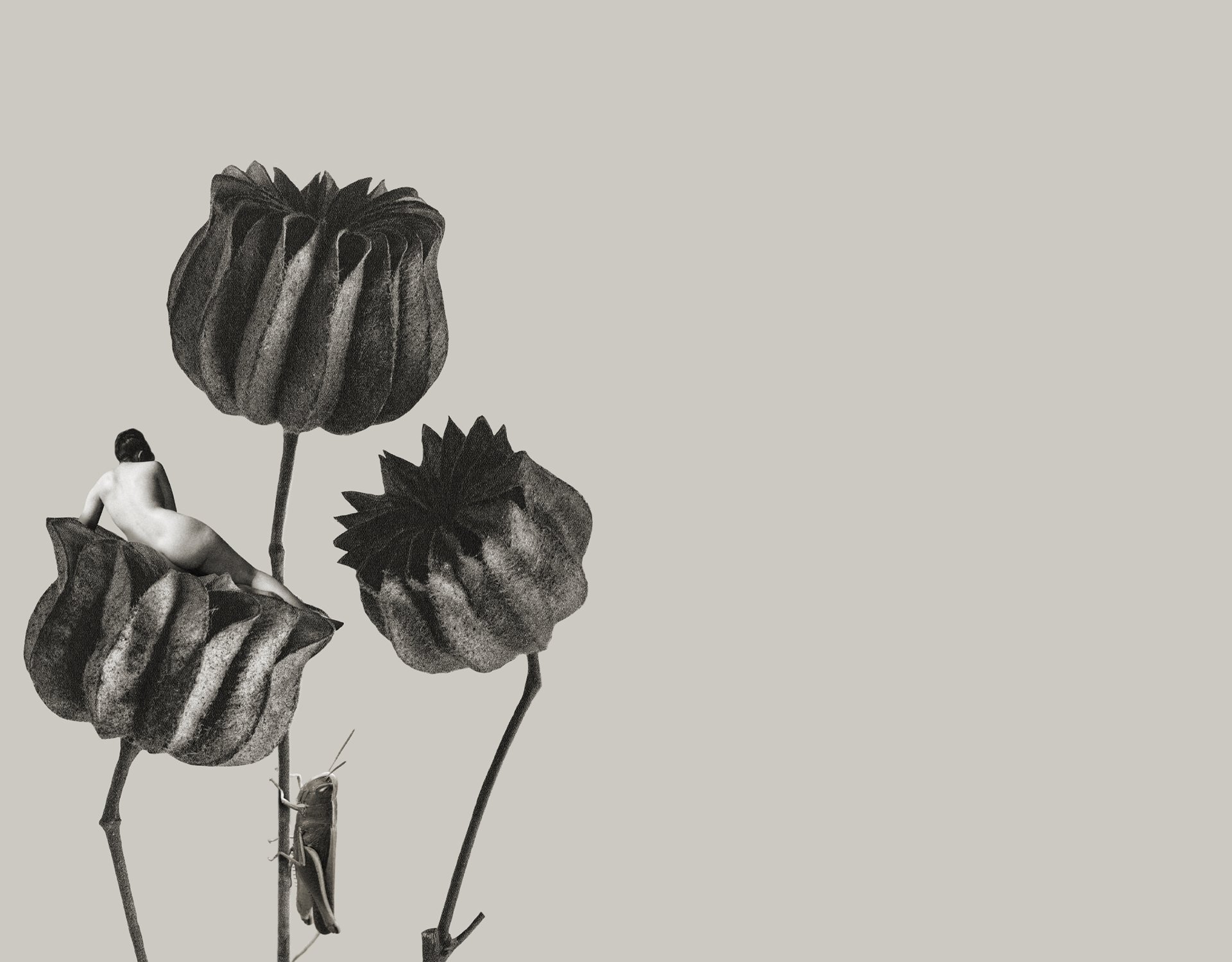
Body of a Flower Collage Series
The Body of a Flower series was Created utilizing Karl Blossfeldt’s stunning photographs of magnified plant surfaces from the early 20th century in conjunction with (often modern, public domain) insects and historical nudes from the late 19th and early 20th centuries.
Blossfeldt wasn’t a photographer by trade—he was a professor of art at the Berlin School of the Museum of Decorative Arts. He originally created his photographs as teaching tools to show students the inherent beauty and symmetry in plant forms. He believed that nature was the ultimate architect and that every artist and designer could learn from its geometry and logic.
To capture the minute details of his subjects, Blossfeldt built his own camera equipment, capable of magnifying the plant surfaces up to 30 times their natural size. This level of detail transformed everyday flora into something alien, ornamental, even sculptural.
Anatomical Lenticular Prints
Historical Oddities That Move With You
Lenticular printing is a curious little trick of the eye—an old-school optical illusion where layered images shift and flicker as you move. Think: science meets magic. Unlike traditional prints, these pieces don’t sit still. Tilt them, and they transform. We like to call them real-life GIFs with a macabre twist.
Historically, lenticulars were used for novelty postcards, campaign buttons, and souvenirs—often called flickers, winkies, or tilt cards. We’ve taken that kitschy tradition and run it through the Strong and Hardy filter. Our versions borrow from the same public domain archives we mine for our collage work: anatomical studies, vintage scientific illustrations, even 19th-century plates on human and equine dissection. The result? Interactive pieces that move, shift, and whisper a little weirdness back at you.
These lenticular prints are currently only available at select art festivals and expos, usually framed and ready to hang. Not local? Reach out via email—we're always happy to help a curious collector.
































